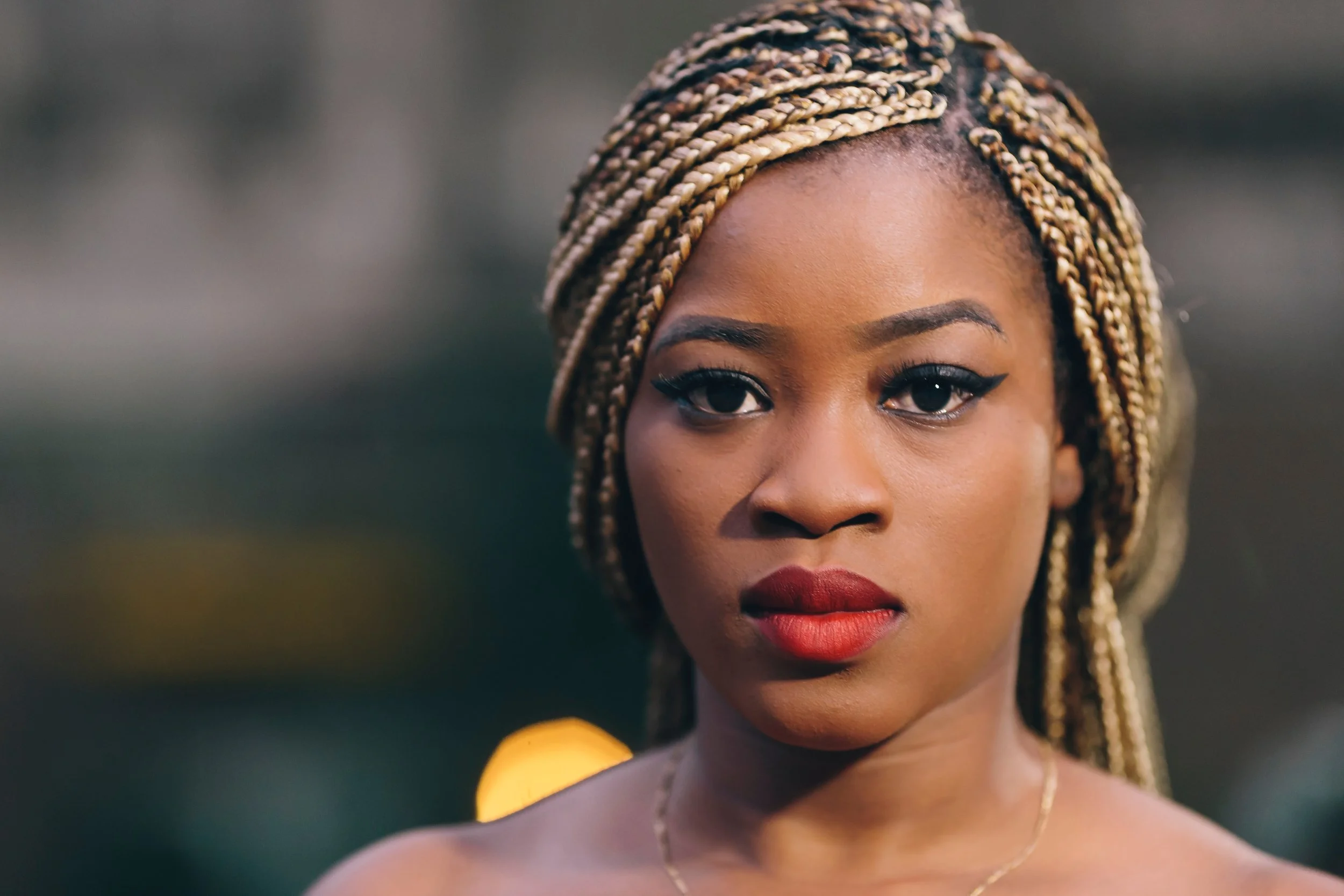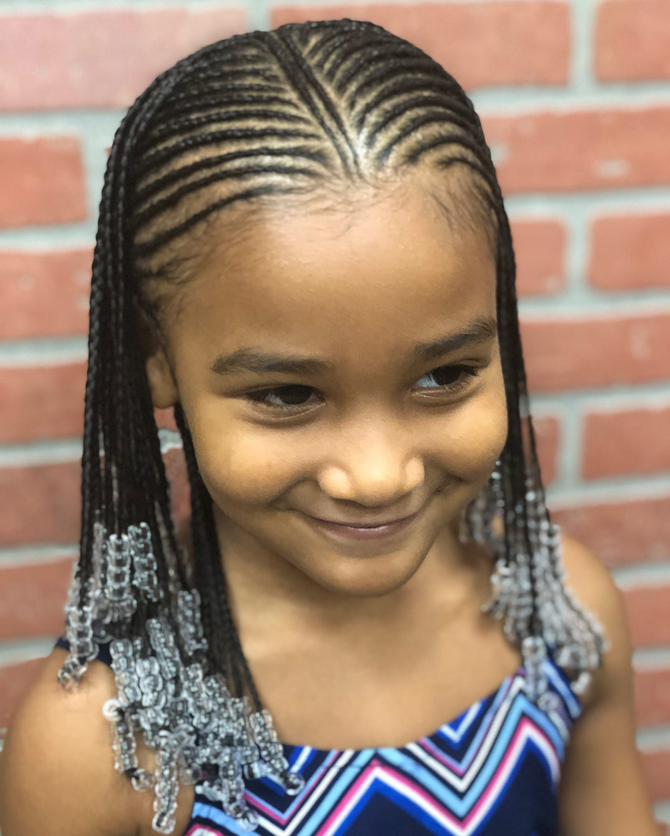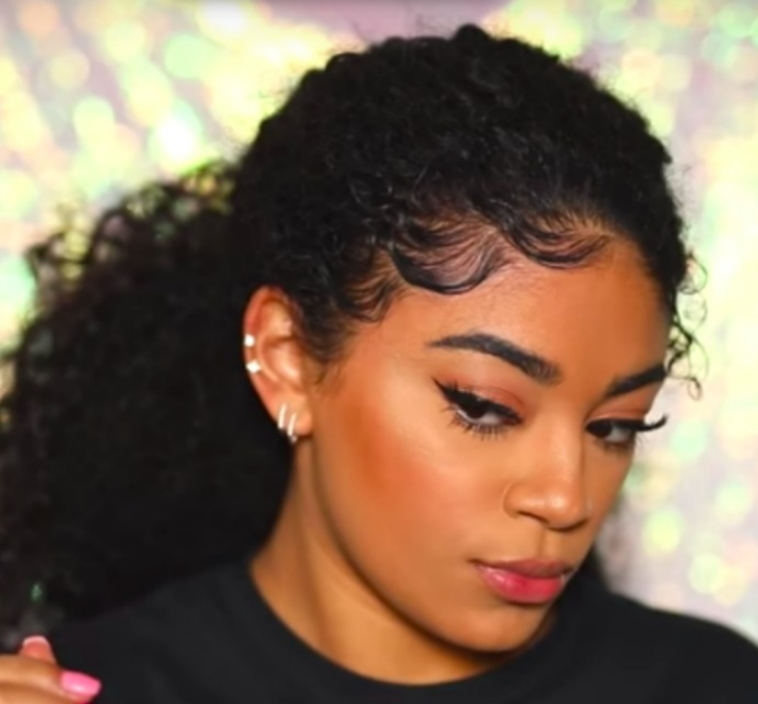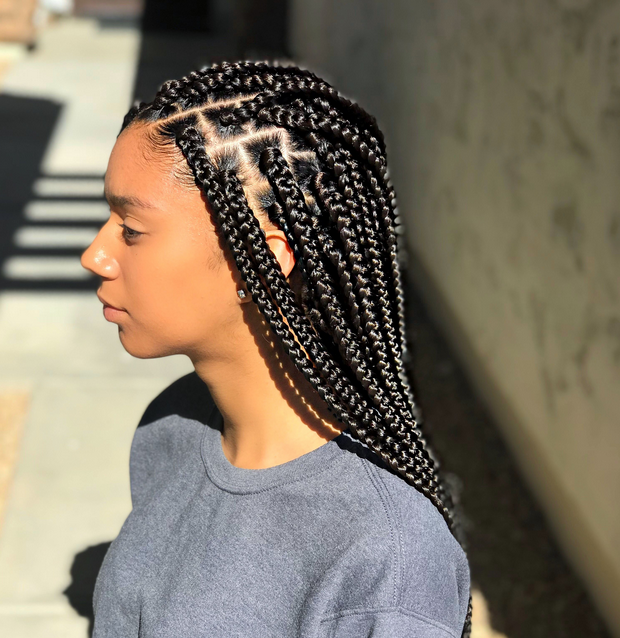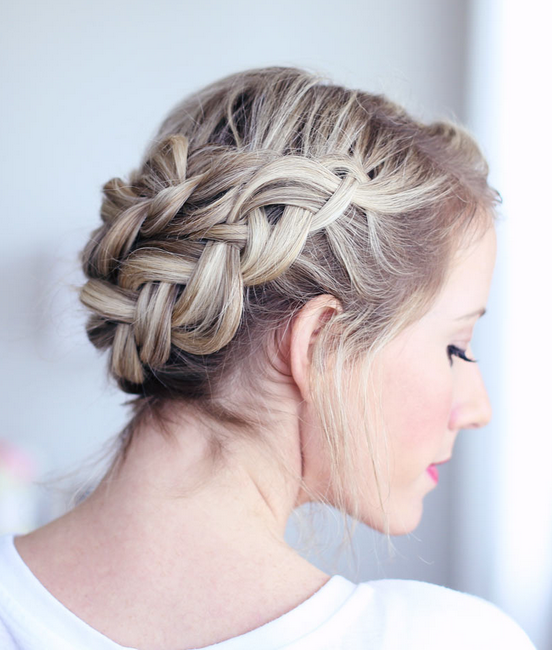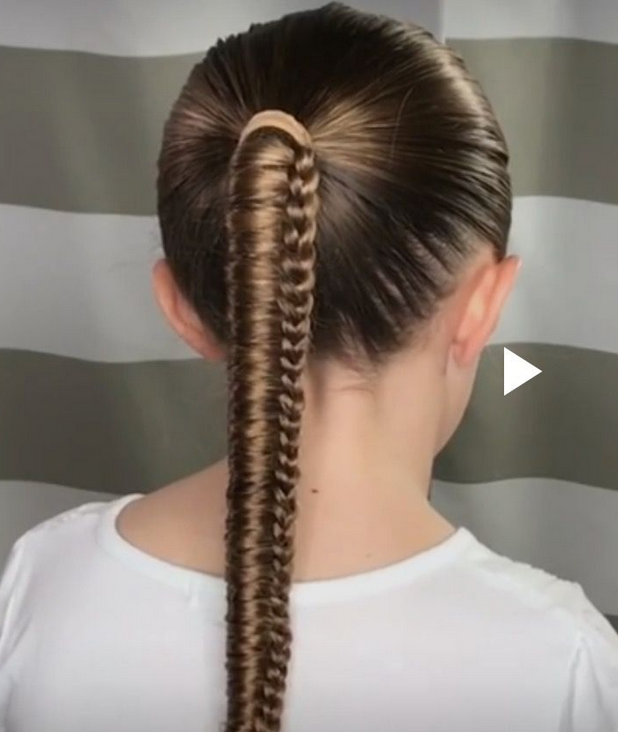Braids and Cultural Responsibility in Changing Times.
In 2019, the promoters and hosts of the popular Man Up announced a document outlining a new house policy for The Clubhouse and the Warehouse at ESS which detailed cultural appropriation and anti-Blackness, and a new house policy against appropriative hairstyles. The document opened with this statement:
After a series of incidents in which white people wore Black hairstyles to events, causing harm and frustration to Black attendees, the Clubhouse/Warehouse are instating a policy that prohibits the wearing of Black hairstyles by people who do not identify as Black.
As a white human with Jamaican, Kwakwakaʼwakw and Trinidadian family, I was of course instantly invested. However part of me was also a bit nervous. Many of the hairstyles listed are unfamiliar but the word braids stood out. Is the implication that all braids are a form of cultural appropriation? Or just some? Am I wrong to braid a long side braid in my granddaughter’s hair (which I did just the other day because she wanted to look like Elsa from Frozen)?
Since we first published this article, it has been the most popular of all our articles and was read 4,633 times in 2020. Clearly this is a subject of concern for many people and that warms my heart. Recently, a reader corrected us on the origins of the double bun (see below) and we welcome any other corrections and additions as well!
To help you recognize and respect the various braiding hairstyles you will find on the policy we’ve put together this catalogue of images.
Each style in this first gallery is considered a Black hairstyle.
Braiding hairstyles not considered ‘black hairstyles’ are shown in the gallery below:
In Japan a lot of women like to wear their hair in these ‘Double Buns’ - which come close to Bantu Knots so you can use your own discretion when deciding on this style. Historically, double buns are a traditional Chinese hairstyle, still worn by many ethnically Chinese and chosen as a children's hairstyle on New Years occasionally. The style is known in Japan as a Chinese hairstyle.
Braiding is part of all women’s history and some might wonder why this is an issue. So I’ll extract a few lines from the Policy Document (but we encourage everyone to read the entire piece):
Many hairstyles created by Black communities over centuries come from a place of strife and struggle - giving these hairstyles deep, sacred and emotional meaning to Black people.
When someone who has not experienced any form of anti-Blackness or intergenerational anti-Black trauma wears a Black hairstyle, the deeper meaning is lost and the act becomes a mockery.
Blackness is not a costume that can be tried on.
If you compare the images above, you can see an obvious difference between hairstyles so with care and attention you won’t have any problems knowing which are Black and which are not..
Now go forth and be fabulous!
Photo: Photo by Matthew T Rader on Unsplash

